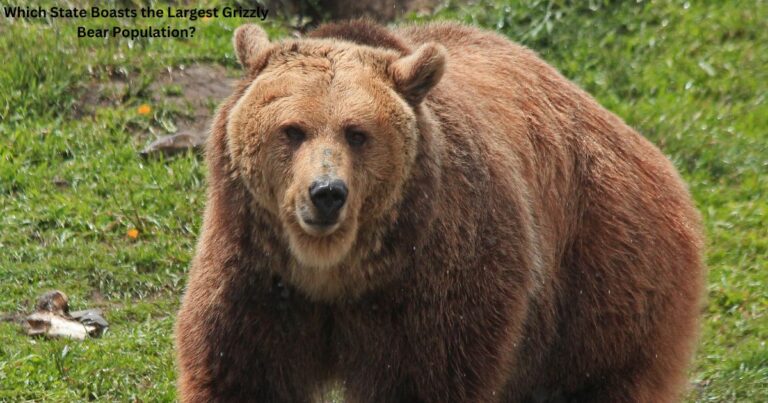
Introduction
Siberian tigers, also known as Amur tigers, are one of the most majestic and resilient big cats in the world. These tigers, native to the cold forests of eastern Russia, have long been a symbol of wildlife conservation. Despite their iconic status, their numbers have declined significantly over the years due to human activities and environmental challenges. Understanding the current population of Siberian tigers and the efforts to protect them is crucial for ensuring their survival and preserving biodiversity.
The Current Population of Siberian Tigers
The Siberian tiger population has seen fluctuations due to various factors. According to recent estimates:
- There are approximately 500 to 600 Siberian tigers in the wild.
- These tigers are primarily found in the forests of eastern Russia, with smaller populations in China and North Korea.
This number is a testament to ongoing conservation efforts, as the population had dipped below 40 in the 1940s.
Threats to Siberian Tigers
Despite progress, Siberian tigers face several threats that endanger their survival.
1. Habitat Loss
Deforestation for logging and agriculture reduces the forest areas these tigers need for hunting and living.
2. Poaching
Illegal hunting for tiger skins and body parts used in traditional medicine remains a major issue.
3. Human-Wildlife Conflict
As human populations expand, tigers are forced into closer contact with people, leading to conflicts.
4. Climate Change
Changes in climate affect the prey base and the habitat suitability for Siberian tigers.
Conservation Efforts
Efforts to save the Siberian tiger have led to positive changes in their numbers. Key initiatives include:
1. Protected Areas
Several reserves in Russia, such as the Sikhote-Alin Biosphere Reserve, provide a safe habitat for tigers.
2. Anti-Poaching Measures
Governments and organizations have strengthened laws and enforcement against poaching.
3. Community Involvement
Programs educating local communities about tiger conservation help reduce human-wildlife conflict.
4. Monitoring and Research
Scientists use GPS tracking, camera traps, and genetic studies to monitor tiger populations and understand their behavior.
Importance of Saving Siberian Tigers
Siberian tigers play a crucial role in maintaining the balance of their ecosystem. They regulate prey populations, which in turn affects vegetation and the overall health of the forest.
Protecting these tigers also helps preserve biodiversity and ensures the survival of many other species in their habitat.
FAQs about How many Siberian tigers are left?
Siberian tigers primarily inhabit the temperate forests of eastern Russia, with smaller populations in northeastern China and possibly North Korea.
Are Siberian tigers endangered?
Yes, Siberian tigers are classified as Endangered on the IUCN Red List due to habitat loss, poaching, and other threats.
How big is a Siberian tiger?
Adult male Siberian tigers can weigh up to 660 pounds (300 kilograms) and measure over 10 feet (3 meters) in length, making them the largest tiger subspecies.
What is being done to save Siberian tigers?
Efforts include creating protected areas, enforcing anti-poaching laws, conducting research, and involving local communities in conservation.
How many Siberian tigers were there historically?
Historically, there were thousands of Siberian tigers. Their population declined drastically in the 20th century due to hunting and habitat destruction.
Conclusion
The journey to save Siberian tigers is a testament to what collective efforts can achieve. From a population of less than 40 in the 1940s to around 500 to 600 today, their story shows that recovery is possible with dedication and action. However, the fight is far from over. With threats like habitat loss and poaching still looming, the need for conservation remains critical. By supporting initiatives, raising awareness, and advocating for sustainable practices, we can ensure that Siberian tigers continue to roam the forests for generations to come.







